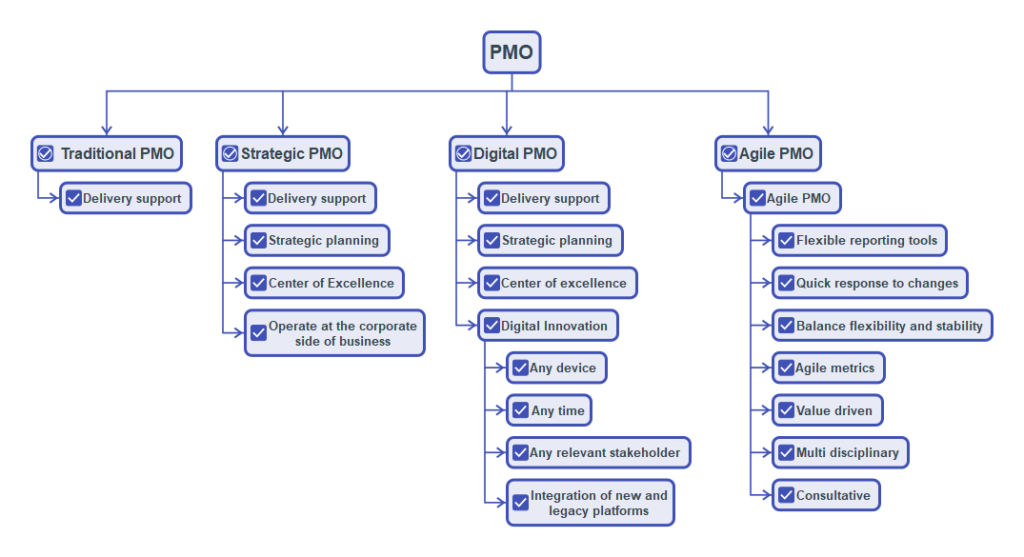You have a brilliant product idea, and you want to go ahead very fast with the product idea, and unfortunately things are not moving as planned. After some time, you are tired, and almost drops the idea. A few years later suddenly you come across a very successful product in the market, similar to the one you conceived years before and dropped half way through. This is a very common shared experience by many first time product owners.
After all, every innovative product is intended to shake the world in a gentle way. It is about changing the lives of many in a gentle way. The internet did it. iPhone did it with the touch screen. The android phone did it in a subtly different way. The covid vaccines are doing it, the medical equipment and the building material segment is doing it…the automotive industry is a veteran in this. ..every successful product changes the way we do things in a subtly better innovative way. More than just product development, what really matters is the long term strategy to manage the change the product is intended to deliver to it’s end users.
Eight steps to manage the change promised by the product of your project
- Sense of Urgency – The first and foremost ingredient to change management is creating the sense of urgency. When we are working for others, we are always pressurized by others deadlines. But when you own the product, the risk of complacency is very high. During the initial phases of the product, your investment in the product is low. Your only potential loss is the opportunity cost (opportunity lost if the product fails to take off) which is a futuristic cash flow. You do not feel a crisis at this stage and the ‘sense of urgency’ can take a back seat. This is really risky phase. Consistent ‘sense of urgency’ is one good quality I have observed in every successful product owner / entrepreneur.
- Creating the guiding coalition – To see the envisaged change by the product of your project impacting the world positively, one has to create a great coalition who resonates the same excitement and sense of urgency you have about the product. This coalition include technical experts, financial experts, marketing gurus, quality assurance, sales, investors…they are all external entities and getting them as excited as you are in the project starts with the right selection of these partners and getting them work together as a team.
- Developing a vision & Strategy – For many reasons, for many the vision and strategy documents are something to decorate the office. Many management books describes vision as something that motivates you to get up everyday and work. The best definition of ‘Vision’ that excites me most is the one by Dr. APJ Abdul Kalam, the late president of India. It goes like this…’Vision is something that wont let you to sleep, till accomplished’. Having an exciting vision and a strategy to support it makes all the partners / stakeholders work together as a cohesive unit.
- Communicating the change vision – Nobody lights a lamp and keeps it under the cot, instead it is placed on the lamp stand so that others can see the light. This is true with the change visions as well.
- Empowering broad based action – Removing impediments, getting rid of obstacles, encouraging risk taking and innovation.
- Generating short term wins – Releasing the minimum viable product (MVP), as fast as possible to the early adopters and then moving fast to address the other segments.
- Consolidating gains and producing more change – Incorporating change at a rapid pace to incorporate the feedback and the lessons from the market.
- Anchoring new approaches in the culture – After the early successes, profitable cash flows, successful partnerships it is time to consolidate, refine and institutionalize so that you can move on to more exciting products and changes that can impact the world in a better, bigger way.
Every project has a product or service as a primary deliverable. These products and services brings in changes the way people do things. Developing a product with the technical team is easier when compared to sell and manage the change the product offers. While developing the product calls for management skills, managing the change need leadership skills. Behind every successful product, there is a successful product owner who plays the leaders role.
Reference – Leading change – John P Kotter


